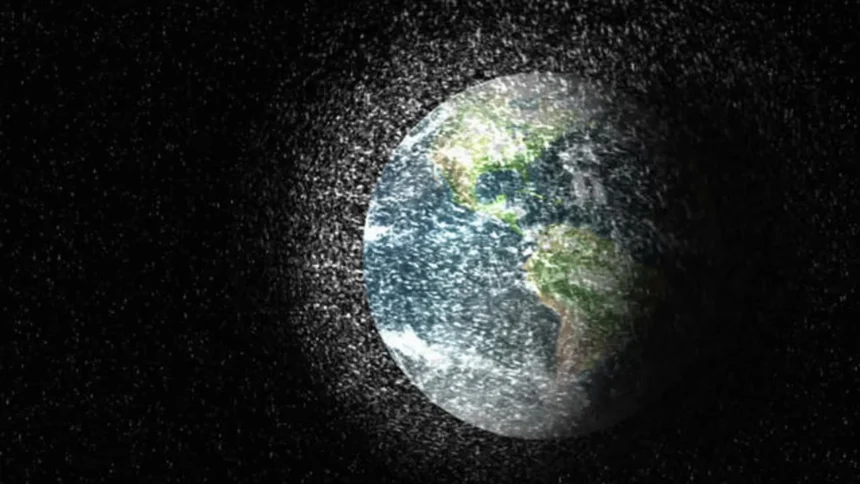A Fiery SpaceX Rocket’s Descent Over Northern Europe
A Falcon 9 rocket launch by SpaceX to deploy Starlink satellites resulted in an unexpected event. Instead of completing a controlled deorbit, parts of the rocket’s second stage fell back to Earth in an uncontrolled reentry, creating a fiery spectacle in the skies over northern Europe. Many onlookers initially mistook the bright streaks for meteors, only to later learn they were fragments of a SpaceX rocket burning up as they crashed through the atmosphere.
What’s Happening & Why This Matters
Rocket Debris and a Failed Deorbit Maneuver
SpaceX’s Falcon 9 rocket, known for its reusability and reliability, is designed so that its lower stage returns to Earth for recovery. In contrast, the upper stage is typically deorbited in a controlled manner. After completing its mission to deploy 22 Starlink satellites, the second stage of the rocket was supposed to perform a deorbit burn, guiding it to disintegrate over an uninhabited part of the ocean.
That didn’t happen. Instead, the planned deorbit failed, leading to an uncontrolled reentry over Poland. The Polish Space Agency confirmed that a four-ton section of the rocket’s upper stage entered the atmosphere and descended over land rather than following the expected trajectory into the ocean. This raised immediate concerns over the safety risks posed by uncontrolled space debris.
Rocket Parts Discovered on the Ground

At least one person in Poland found a piece of suspected rocket debris on their property, which is believed to be a pressure tank from the Falcon 9 upper stage. The FAA (Federal Aviation Administration) has confirmed that SpaceX is investigating the incident, though no formal classification of the event as a mishap has been made. No launch restrictions are currently placed on SpaceX due to the uncontrolled reentry, but the situation adds to the growing concerns about falling space debris.
Increasing SpaceX Launches and the Risk of Space Debris
SpaceX has been expanding its satellite deployment operations, with more launches scheduled each year. The company plans over 180 Falcon 9 launches in 2025, up from 134 in 2024. As more rockets enter orbit, the risk of space debris returning to Earth increases. This latest incident follows another event in which a five-year-old Starlink satellite reentered the atmosphere over the United States, breaking apart in a way that was not planned.
TF Summary: What’s Next
The failure of the Falcon 9 upper stage to safely deorbit raises questions about the long-term impact of increasing satellite launches and the risks associated with uncontrolled space debris reentries. With SpaceX scaling up its launch frequency, regulators may need to consider additional safety measures to ensure second-stage rocket components either burn up entirely in the atmosphere or land safely in designated zones. While the FAA has not launched a formal investigation, the incident adds to the debate over managing space debris risks as more companies expand satellite deployments.
— Text-to-Speech (TTS) provided by gspeech


